Home>Furniture>Kitchen Furniture>What Is The Frequency Of Microwaves In A Microwave Oven?
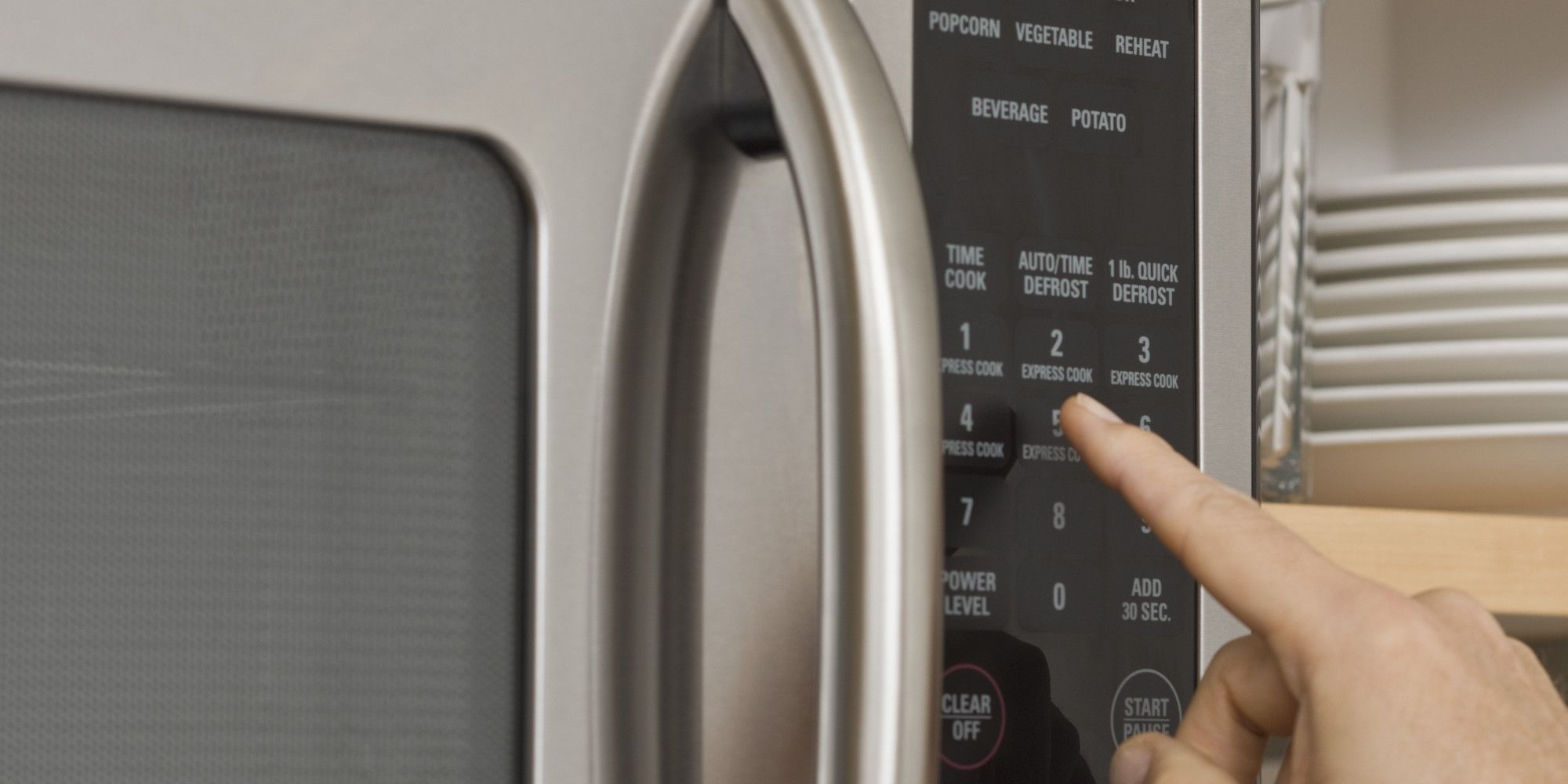

Kitchen Furniture
What Is The Frequency Of Microwaves In A Microwave Oven?
Modified: August 16, 2024
Learn about the frequency and wavelength of microwaves in a microwave oven. Discover interesting articles on the subject.
(Many of the links in this article redirect to a specific reviewed product. Your purchase of these products through affiliate links helps to generate commission for Storables.com, at no extra cost. Learn more)
Introduction
Microwave ovens have become an essential appliance in our modern kitchen, allowing us to quickly and conveniently heat or cook our food. But have you ever wondered about the science behind their functionality? How do these appliances generate the heat needed to cook our meals in such a short amount of time? One of the key factors in the operation of a microwave oven is the frequency of the microwaves used.
In this article, we will explore the frequency of the microwaves in a microwave oven and their significance in the cooking process. We will delve into the properties of microwaves, how they are generated and utilized in microwave ovens, and the relationship between the frequency and wavelength of these microwaves.
So, let’s embark on this journey of understanding the fascinating world of microwaves and discover the role they play in our everyday cooking experiences.
Key Takeaways:
- Microwaves in a microwave oven operate at a frequency of approximately 2.45 gigahertz (GHz), ensuring safe and efficient cooking, with a wavelength of around 13 centimeters (cm) contributing to even heat distribution and consistent cooking results.
- The frequency and wavelength of microwaves in a microwave oven play a crucial role in achieving fast and uniform heating, offering precise control over the cooking process and revolutionizing kitchen efficiency.
Read more: What Is The Frequency Of A Microwave Oven
Understanding Microwaves
Microwaves are a type of electromagnetic wave that falls within the spectrum between radio waves and infrared waves. Their wavelength ranges from approximately one millimeter to one meter, and their frequency ranges from about 300 megahertz to 300 gigahertz. These waves are produced by special components within a microwave oven and are crucial for the heating and cooking process.
Microwaves possess unique properties that make them ideal for cooking food. One of their key characteristics is their ability to penetrate food and interact with the water molecules present within it. When microwaves enter a food item, such as a piece of meat or vegetables, they cause the water molecules to vibrate rapidly. This vibration generates heat, which ultimately cooks the food from the inside out.
The efficiency and speed of microwave cooking can be attributed to this interaction between the microwaves and water molecules. Unlike traditional cooking methods that rely on conduction or convection to transfer heat, microwaves directly heat the water molecules within the food. This allows for a faster and more uniform cooking process, saving both time and energy.
Furthermore, microwaves offer a significant advantage in preserving the nutrients and flavors of food. Since the cooking time is significantly reduced, fewer nutrients are lost during the cooking process. Additionally, microwaves provide precise control over the cooking temperature, ensuring that food is cooked to perfection without overcooking or drying out.
In the realm of cooking, microwaves have a versatile role. They are not limited to simply reheating leftovers but can be used for a wide range of cooking tasks, including steaming vegetables, defrosting frozen food, and even baking cakes. The ability to quickly heat and cook food makes microwave ovens indispensable in our fast-paced lives.
As we delve further into the functionality of microwave ovens, we will explore how these appliances harness the power of microwaves to create delicious and convenient meals.
Microwave Oven Functionality
Microwave ovens have revolutionized the way we cook and prepare food, providing us with convenience and efficiency in the kitchen. Let’s delve into the functionality of microwave ovens by understanding their overview, how they work, and the importance of microwaves in their operation.
An overview of microwave ovens reveals a compact and sleek appliance designed to quickly heat or cook food using microwaves. They consist of a cooking chamber, a control panel, and a magnetron – the component responsible for generating the microwaves.
The key to the operation of a microwave oven lies in how it harnesses the power of microwaves. When the oven is turned on, the magnetron produces high-frequency electromagnetic waves, which are then directed into the cooking chamber. These waves pass through the food, causing the water molecules within it to vibrate rapidly, thus generating heat.
The cooking chamber of a microwave oven is equipped with a rotating turntable. This turntable ensures that the microwaves are distributed evenly throughout the food, allowing for uniform and thorough cooking. Additionally, the chamber is lined with a reflective material, often made of metal, which helps to bounce the microwaves around and prevent them from escaping, further enhancing the cooking process.
The importance of microwaves in microwave ovens cannot be understated. Microwaves are unique in their ability to selectively heat food, as they primarily interact with water molecules. This means that when you place food in a microwave oven, only the water molecules within the food will heat up, while the surrounding air and container remain relatively cool. This focused heat transfer allows for quicker cooking times and eliminates the need for preheating or pre-cooking.
The ability to heat food quickly and precisely makes microwave ovens an invaluable tool in the kitchen, especially for those with busy schedules. Whether you need to warm up leftovers, cook a frozen meal, or prepare a quick snack, microwave ovens offer convenience and speed without compromising on taste or quality.
As we continue our exploration, we will uncover the frequency of microwaves in a microwave oven and understand its impact on cooking efficiency and effectiveness. Let’s dive deeper into the fascinating world of microwaves!
The frequency of the microwaves in a microwave oven can be calculated using the formula: frequency = speed of light / wavelength. In this case, the frequency would be approximately 2.31 GHz.
Frequency of Microwaves in a Microwave Oven
To better understand the functioning of microwave ovens, it is important to explore the frequency of the microwaves used in these appliances. Let’s delve into the definition of frequency, establish the relationship between frequency and wavelength, and unravel how the frequency of microwaves is determined.
Frequency, in the context of microwaves and electromagnetic waves, refers to the number of wave cycles that pass through a given point in one second. It is typically measured in hertz (Hz). In the case of microwaves, the frequency ranges from approximately 300 megahertz (MHz) to 300 gigahertz (GHz).
The relationship between frequency and wavelength is inversely proportional. Wavelength refers to the distance between two consecutive peaks or troughs of a wave. The formula to determine the speed of a wave can be represented as speed = frequency x wavelength. As the frequency increases, the wavelength decreases, and vice versa.
Determining the frequency of microwaves in a microwave oven involves understanding the technology used in the generation of these waves. Microwave ovens utilize a component called a magnetron to produce the high-frequency microwaves required for cooking. The frequency generated by the magnetron is typically in the range of 2.45 gigahertz (GHz), which corresponds to a wavelength of approximately 12.24 centimeters (cm).
The choice of this specific frequency for microwave ovens was not arbitrary but based on several factors. Firstly, regulations and standards have been set to ensure that microwave ovens operate within a frequency range that is safe for human use and minimizes interference with other electronic devices. The 2.45 GHz frequency was deemed ideal for these purposes.
Secondly, the 2.45 GHz frequency has been found to have excellent absorption properties by water molecules. Since most food items contain water, microwaves at this frequency are efficiently absorbed by the food, resulting in rapid heating and cooking.
The determination of the frequency used in microwave ovens takes into account both safety considerations and the ability to optimize cooking efficiency. Although the frequency is fixed for most microwave ovens, newer models may offer additional frequency options that cater to specific cooking needs.
As we continue our exploration, we will shift focus to the wavelength of the microwaves in a microwave oven and understand its significance in achieving consistent cooking results. Let’s unravel the mysteries of wavelengths and their impact on microwave cooking!
The Wavelength of Microwaves in a Microwave Oven
To further comprehend the inner workings of microwave ovens, it is crucial to explore the wavelength of the microwaves used in these appliances. Let’s uncover the definition of wavelength, highlight the importance of wavelength in microwave cooking, and delve into the methods for measuring the wavelength of microwaves in a microwave oven.
Wavelength refers to the distance between two consecutive peaks or troughs of a wave. In the case of microwaves, it signifies the distance between successive crests or troughs of the electromagnetic waves. Wavelength is typically measured in meters or centimeters. In the case of microwave ovens, the wavelength of the microwaves is approximately 13 centimeters (cm).
The importance of wavelength in microwave cooking lies in its role in determining the penetration depth and heat distribution within the food being cooked. The wavelength of microwaves affects the ability of the waves to reach the innermost parts of the food and generate heat uniformly.
Microwaves with longer wavelengths, such as radio waves, have a lower frequency and tend to have deeper penetration. However, their ability to generate heat efficiently is limited. On the other hand, microwaves with shorter wavelengths, like those used in microwave ovens, can penetrate the food to a lesser depth but can generate heat rapidly due to their higher frequency.
The wavelength of microwaves in a microwave oven plays a significant role in achieving consistent cooking results. The 13 cm wavelength ensures that microwaves can penetrate the outer layers of food and cook it from the inside out. This allows for even heat distribution and thorough cooking, resulting in food that is heated uniformly without any cold spots.
Measuring the wavelength of microwaves in a microwave oven can be done using various methods. One common method involves using a simple interference pattern. By placing two metal plates parallel to each other inside the oven and measuring the distance between the gaps where the microwaves interfere with each other, the wavelength can be determined.
Another method involves using a resonance cavity. This involves placing a resonant cavity with a known resonant frequency inside the oven. By adjusting the frequency until the cavity resonates, the wavelength of the microwaves can be calculated using the known mode of resonance.
Understanding the wavelength of microwaves in a microwave oven helps us appreciate the science behind microwave cooking and the importance of its precise control. As we move forward, we will conclude our exploration by summarizing the key insights and implications of the frequency and wavelength of microwaves in a microwave oven.
Read more: What Is A Microwave Oven
Conclusion
Microwave ovens have become an indispensable part of our daily lives, allowing us to quickly and efficiently heat and cook our food. In this article, we have delved into the fascinating world of microwave ovens and explored the frequency and wavelength of the microwaves used in these appliances.
Microwaves, with their unique properties, are designed to penetrate food and interact with water molecules, generating heat and cooking our meals from the inside out. The frequency of the microwaves used in microwave ovens typically falls within the range of 2.45 gigahertz (GHz), ensuring safe and efficient cooking. The wavelength of these microwaves, which measures approximately 13 centimeters (cm), contributes to the even heat distribution and consistent cooking results.
Understanding the frequency and wavelength of microwaves in a microwave oven helps us grasp their role in achieving fast and uniform heating. By focusing on the water molecules within the food, microwaves offer precise control over the cooking process, preserving the nutrients and flavors of the food. This efficient and convenient cooking method has revolutionized our kitchens and made our lives easier.
Whether you need to warm up leftovers, cook a fast meal, or defrost frozen food, microwave ovens provide us with speed and convenience without compromising on taste and quality. By harnessing the power of microwaves, we can enjoy delicious meals in a fraction of the time.
As we conclude our exploration of the frequency and wavelength of microwaves in a microwave oven, let us appreciate the advancements in technology that have brought us this remarkable cooking appliance. The science behind microwave cooking continues to evolve, making our lives more convenient and efficient.
So next time you use your microwave oven, take a moment to appreciate the invisible waves of microwaves that quietly work their magic, providing us with delicious and perfectly cooked meals in no time at all.
Frequently Asked Questions about What Is The Frequency Of Microwaves In A Microwave Oven?
Was this page helpful?
At Storables.com, we guarantee accurate and reliable information. Our content, validated by Expert Board Contributors, is crafted following stringent Editorial Policies. We're committed to providing you with well-researched, expert-backed insights for all your informational needs.
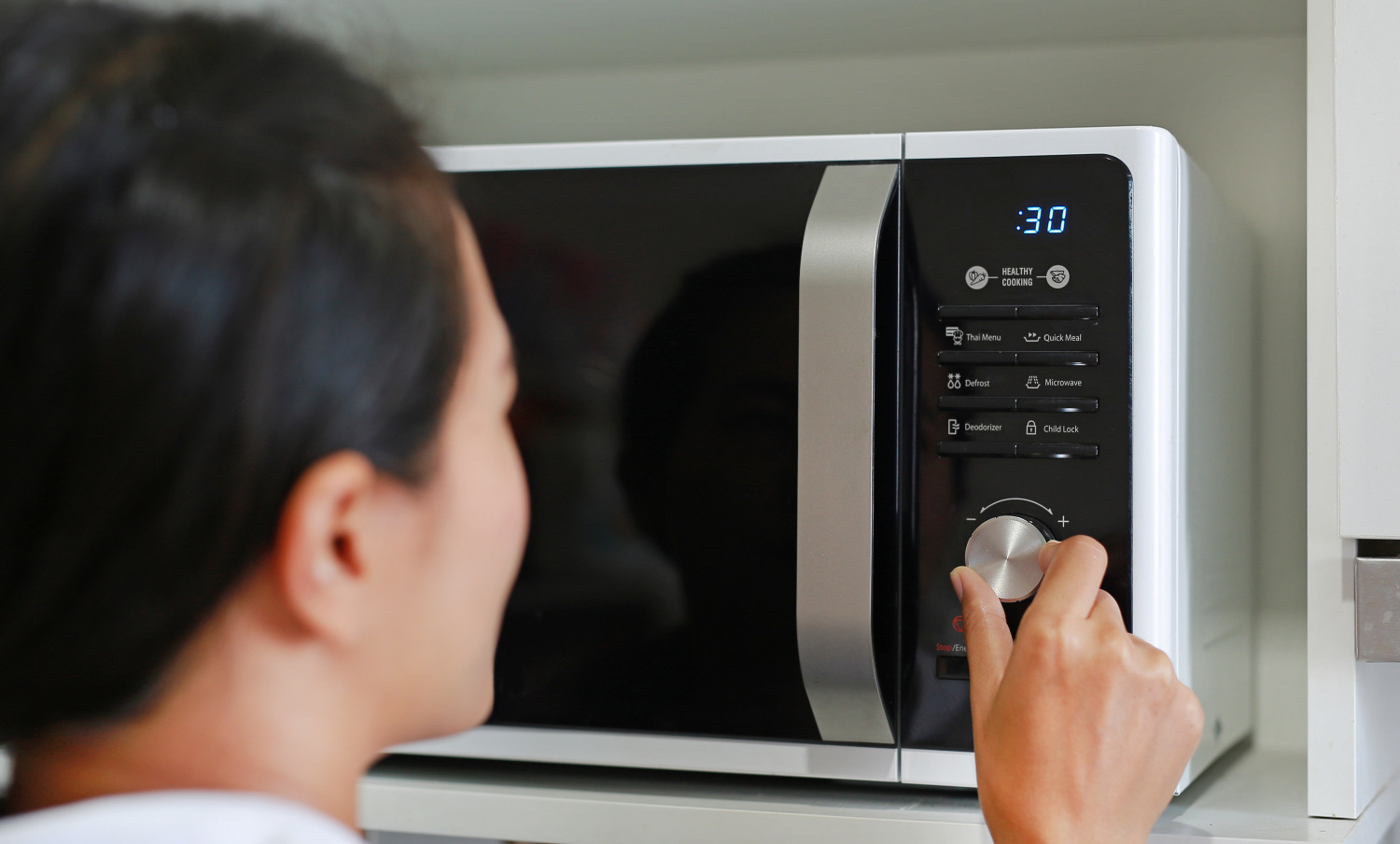
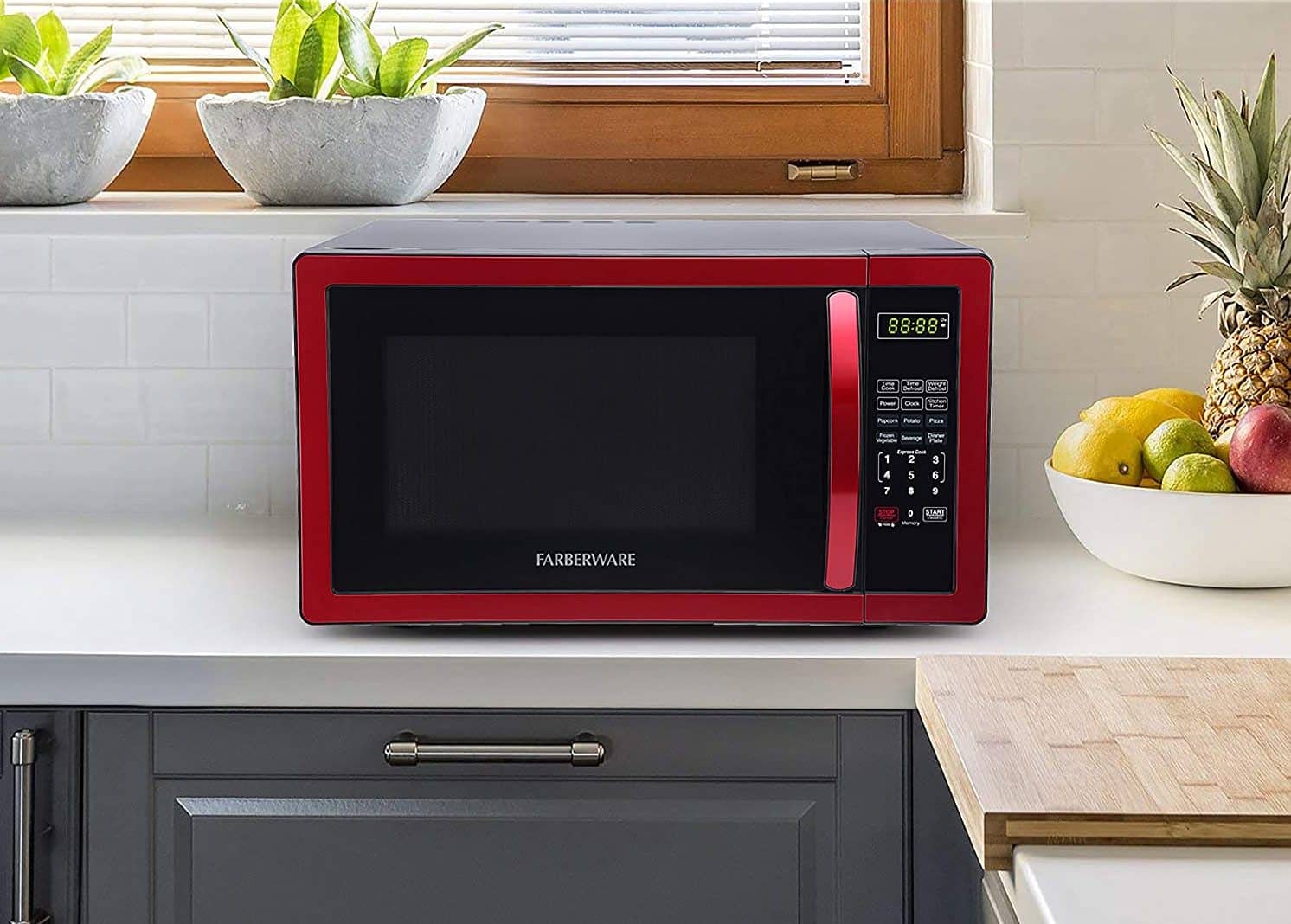
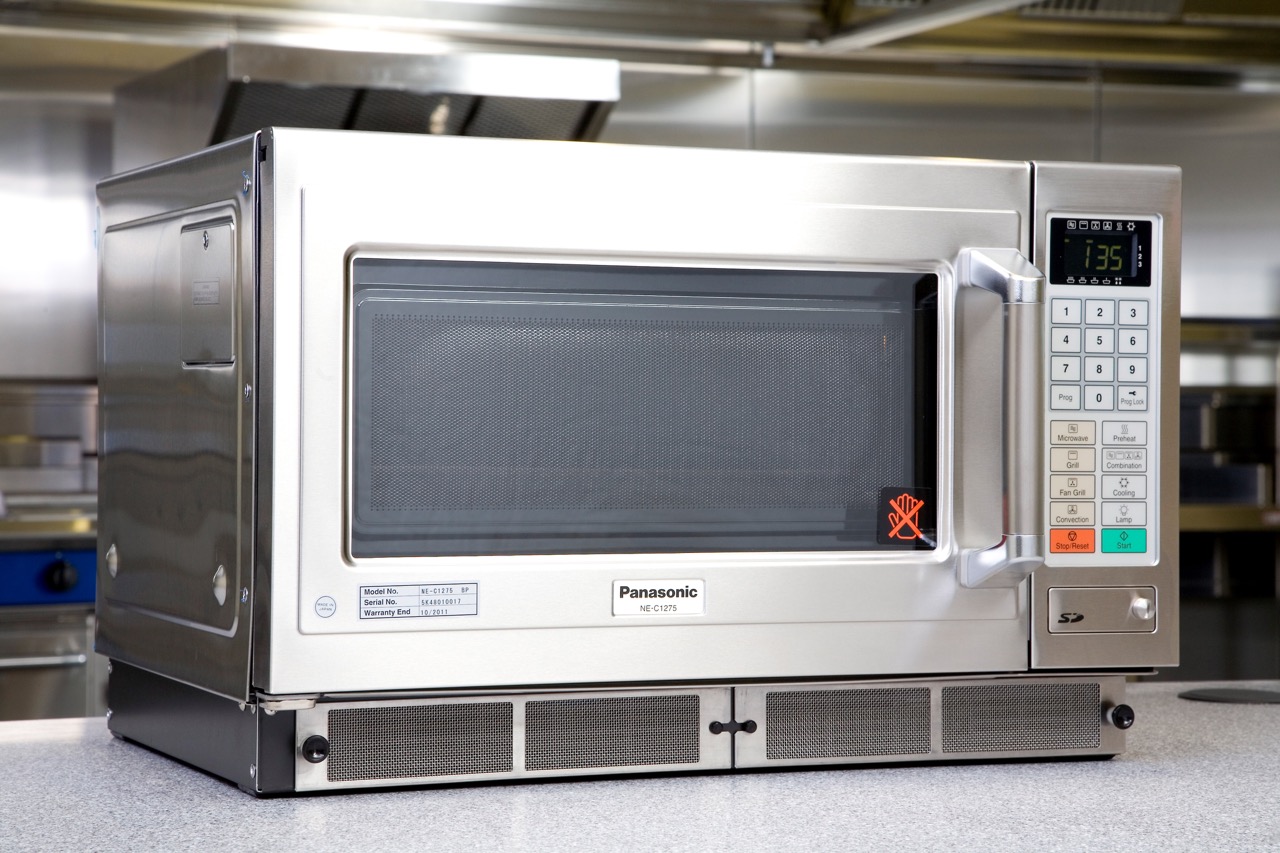
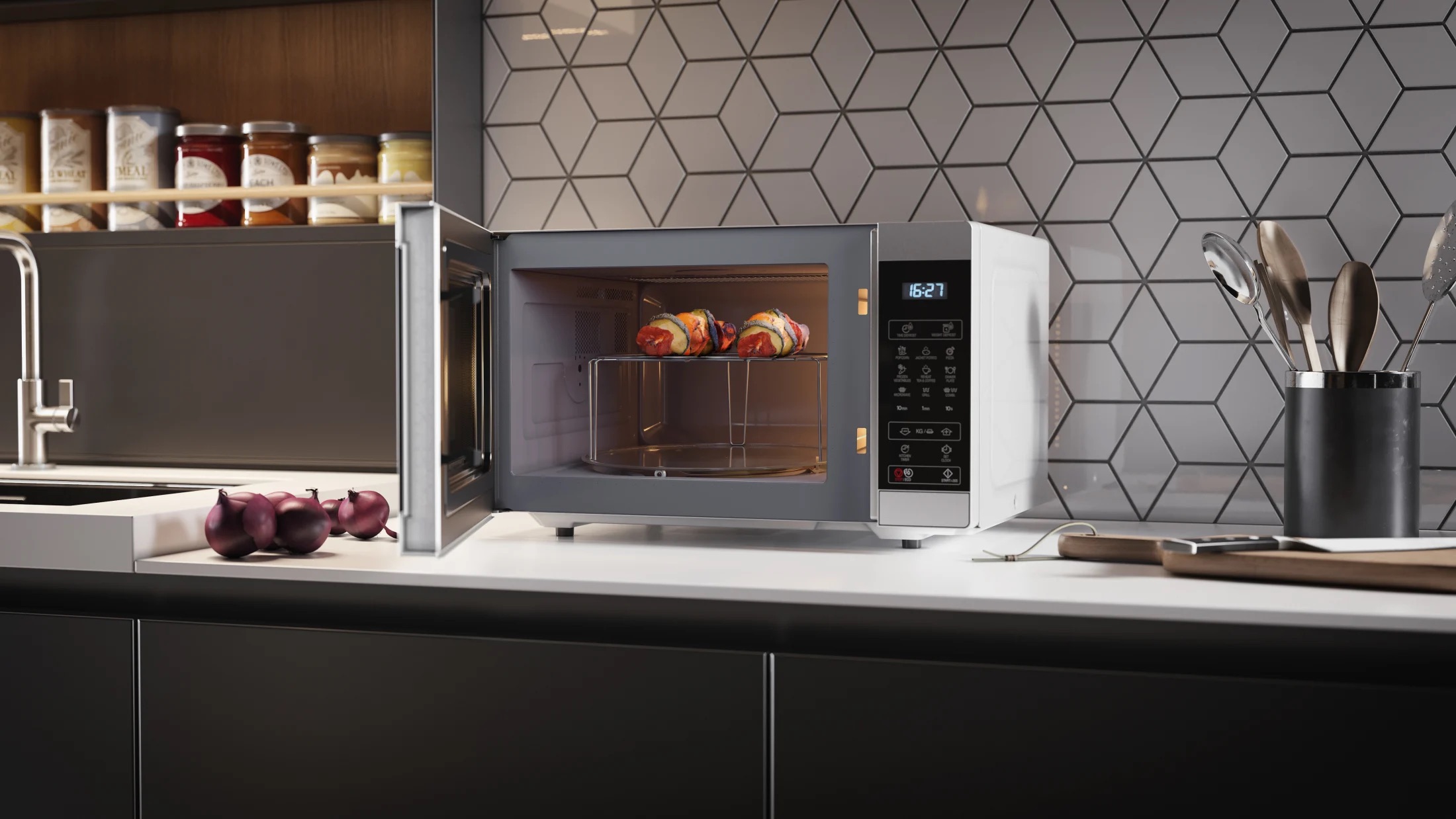
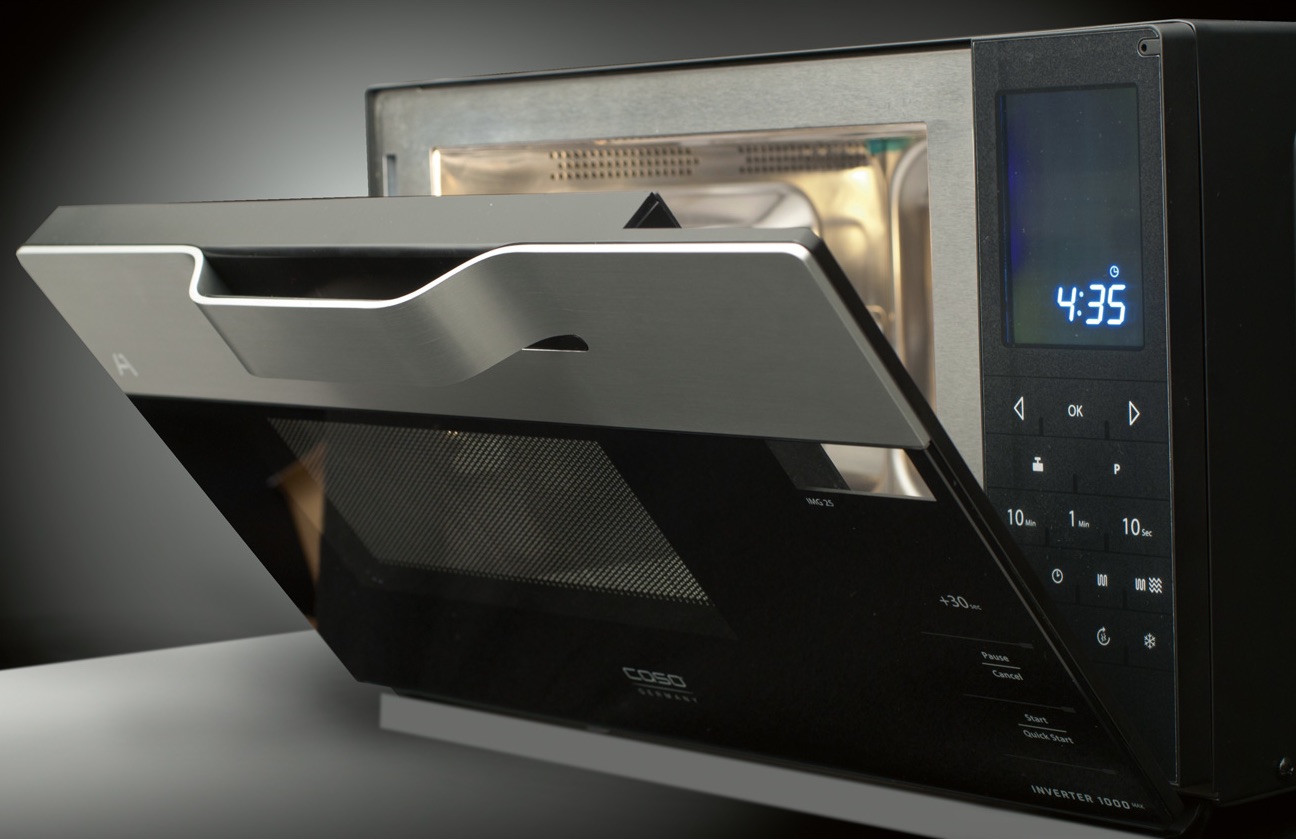
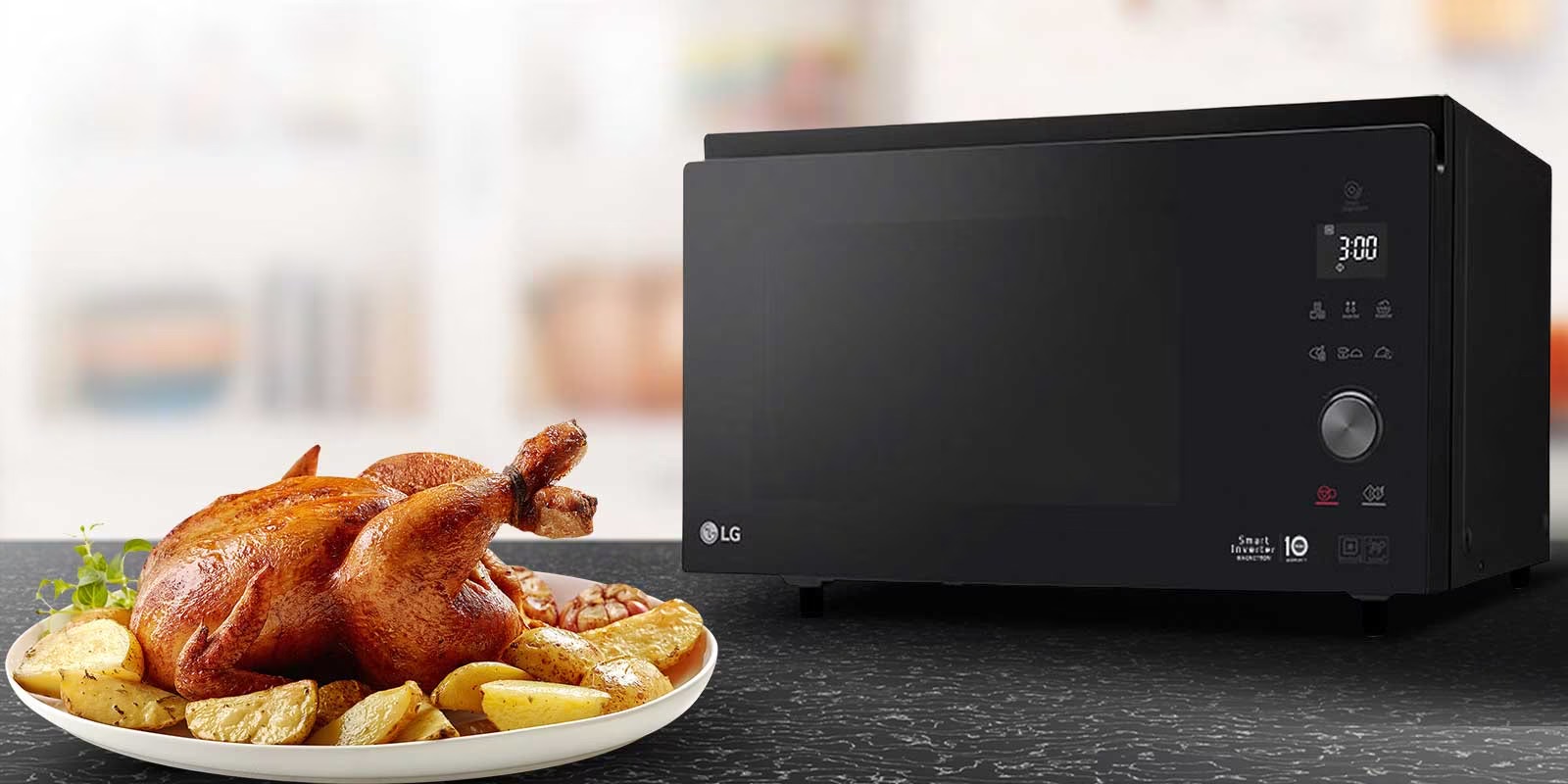
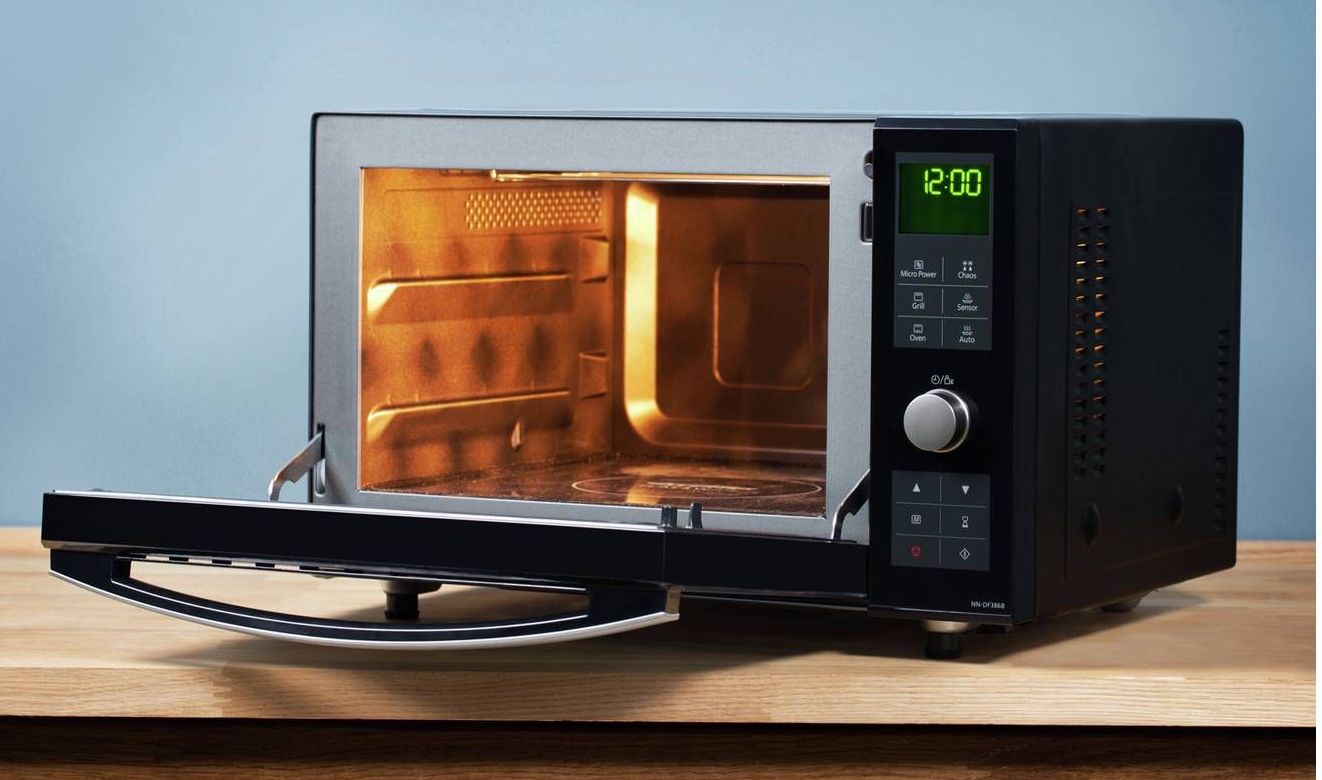


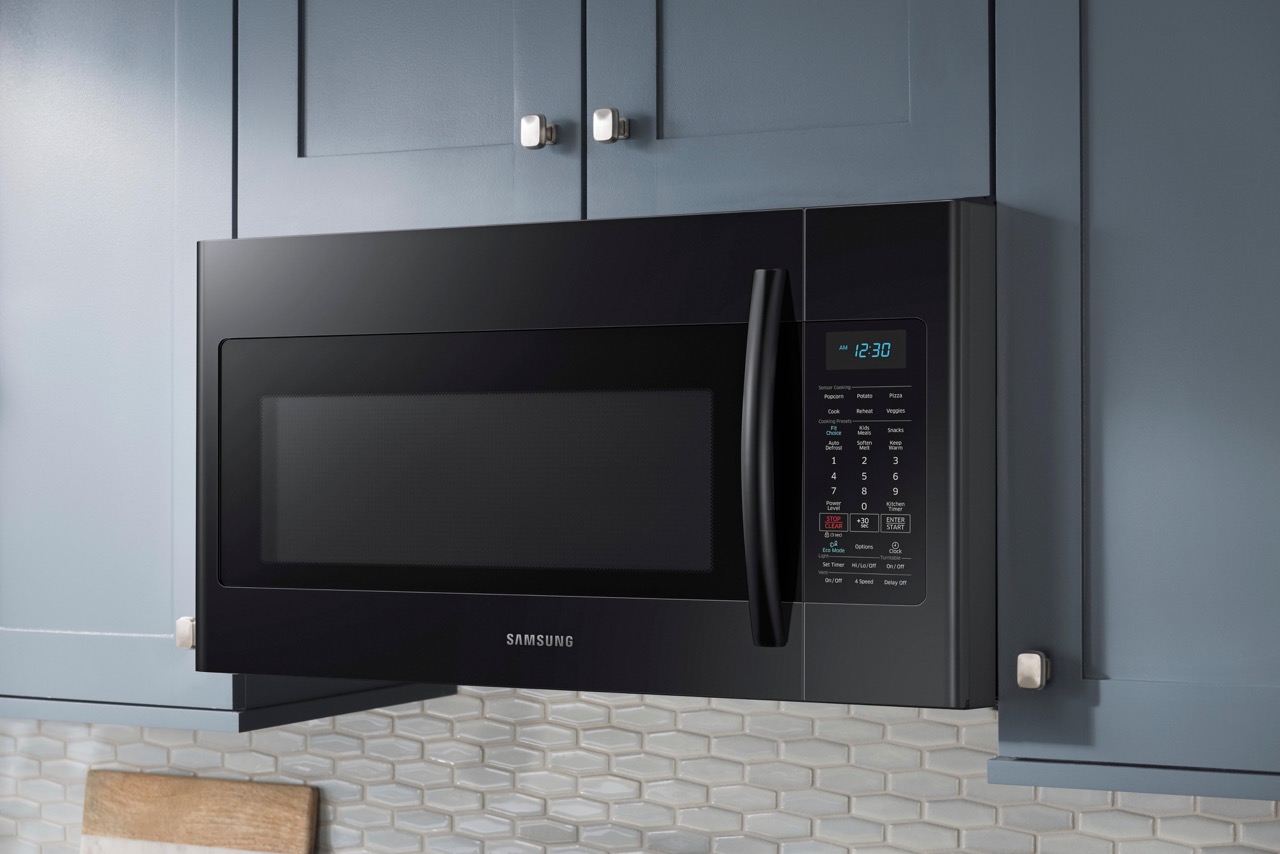
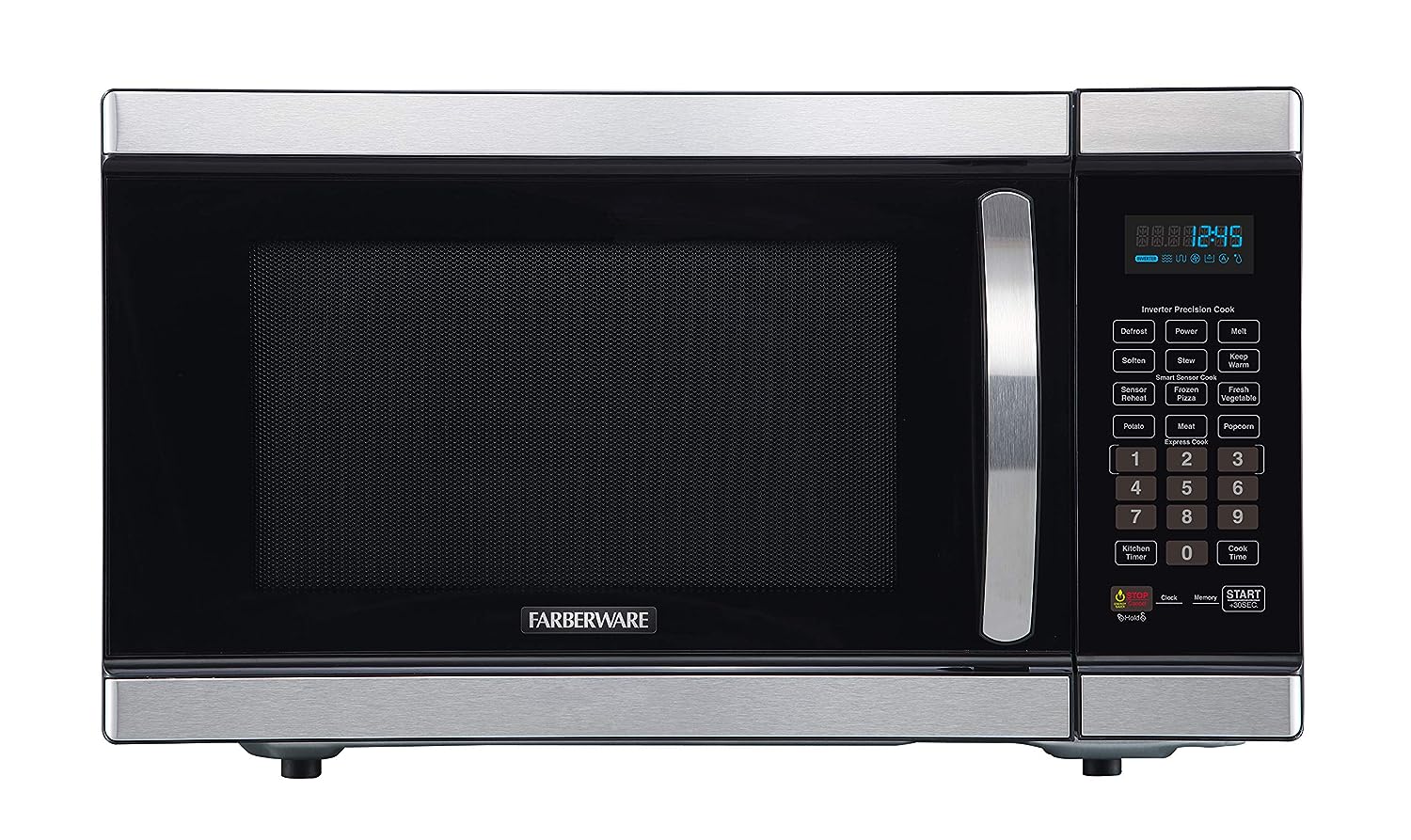

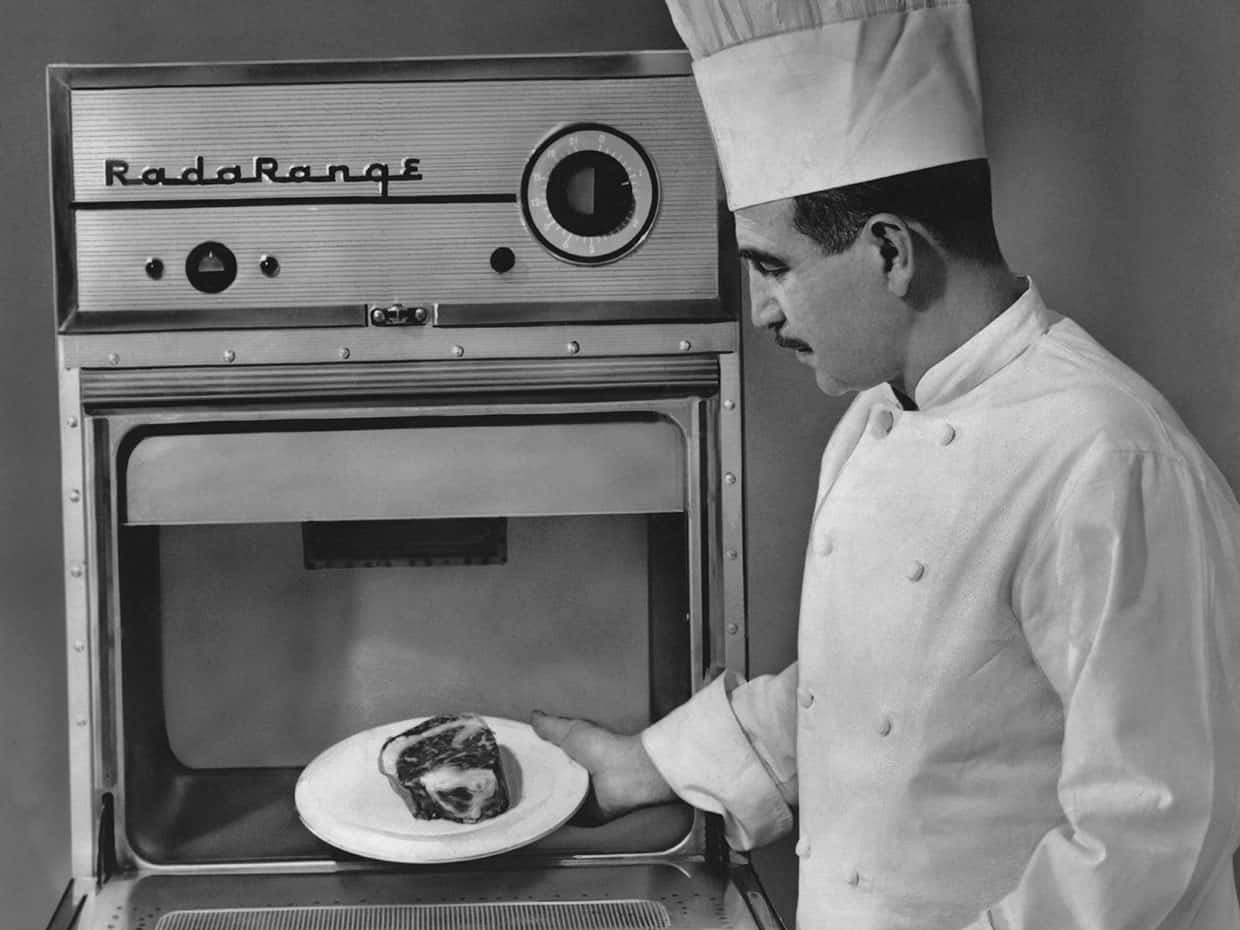
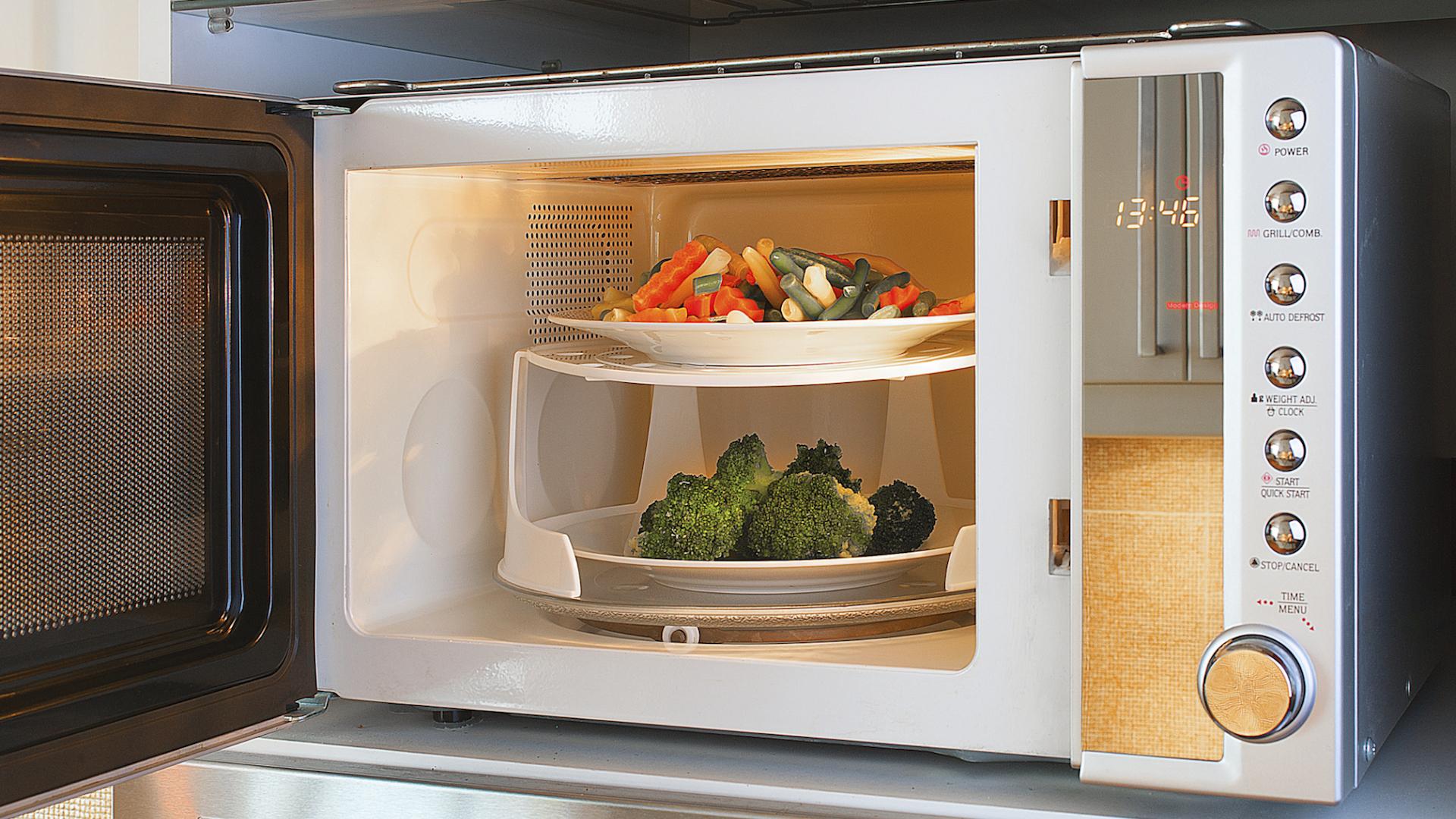

0 thoughts on “What Is The Frequency Of Microwaves In A Microwave Oven?”